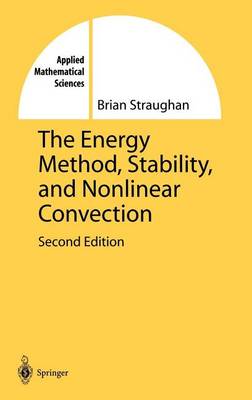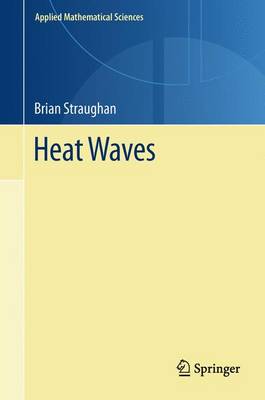Applied Mathematical Sciences
3 primary works
Book 91
Book 165
This book describes several tractable theories for fluid flow in porous media. The important mathematical quations about structural stability and spatial decay are address. Thermal convection and stability of other flows in porous media are covered. A chapter is devoted to the problem of stability of flow in a fluid overlying a porous layer.
Nonlinear wave motion in porous media is analysed. In particular, waves in an elastic body with voids are investigated while acoustic waves in porous media are also analysed in some detail.
A chapter is enclosed on efficient numerical methods for solving eigenvalue problems which occur in stability problems for flows in porous media.
Brian Straughan is a professor at the Department of Mathemactical Sciences at Durham University, United Kingdom.
Book 177
This book surveys significant modern contributions to the mathematical theories of generalized heat wave equations. The first three chapters form a comprehensive survey of most modern contributions also describing in detail the mathematical properties of each model. Acceleration waves and shock waves are the focus in the next two chapters. Numerical techniques, continuous data dependence, and spatial stability of the solution in a cylinder, feature prominently among other topics treated in the following two chapters. The final two chapters are devoted to a description of selected applications and the corresponding formation of mathematical models. Illustrations are taken from a broad range that includes nanofluids, porous media, thin films, nuclear reactors, traffic flow, biology, and medicine, all of contemporary active technological importance and interest.
This book will be of value to applied mathematicians, theoretical engineers and other practitioners who wish to know both the theory and its relevance to diverse applications.


